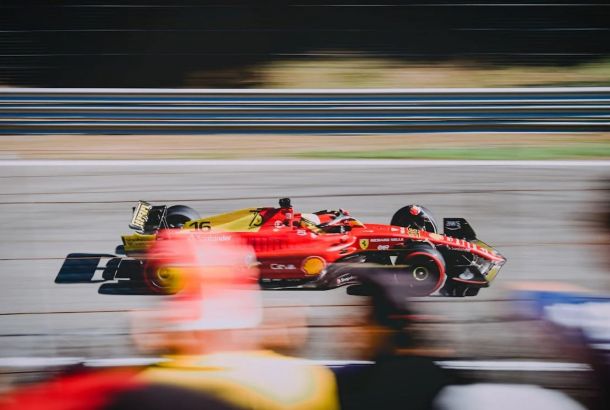Six Nations Review
By Guy Williams
The Six Nations competition had come into this year’s edition at something of a crossroads. While the fans and many of the players still regarded it as the premier rugby tournament in the world, there had been some consternation from ex-players and higher-ups that the quality of rugby on show was unsatisfactory compared to the southern hemisphere’s equivalent tournament, the Rugby Championship (TRC) which features New Zealand, Australia, Argentina and South Africa.
In the aftermath of Rugby World Cup 2015, one of the Argentine coaches, whose team reached the semi-finals (no Six Nations team managed this), stated plainly what many had already suspected: that his country would not have progressed so far in the tournament if they had joined the Six Nations in 2007 rather than the Rugby Championship in 2012.
The latter competition, he said, had prepared his team better for the cauldron of international rugby. The facts support this assessment of TRC: there are more tries, more line breaks, fewer scrums and less kicking in open play. This means that the ball is ‘live’ more and players are consequently fitter and stronger in the southern hemisphere.
There are a couple of provisos to this comparison.
Firstly, the weather. It is much easier to run and pass when the sun is out and the wind is at your back; less so when the rain is horizontal and the wind is gale force. Since the Six Nations is played in February-March, it is often at the mercy of the elements and if the elements don’t play ball, neither can the players.
The second proviso concerns nothing less than the definition of rugby itself. Your average Australian or New Zealand fan will cherish the running and the passing, while your average Welshman or Englishman will yearn for the ‘contest’, the thump of the tackle and the scrum.
This is perhaps an oversimplification. Most European fans also want their teams to run and score tries, but since our teams are not very good at that, we pretend that rugby is not all about tries.
With these thoughts in mind, the administrators attempted to spice up this year’s Six Nations by adding bonus points to reward those teams who score four tries in a game. It is hard to judge the effect that this has had on teams.
Certainly, it has not triggered an evolutionary attacking style. In any case, the question of style brings us on to the state of the home nation sides and France (there is not much to be said about Italy).
Without a doubt, the shining light of this year’s edition has been the maturation of Scotland. Irrespective of their recent drubbing by England, by beating both Wales and Ireland, Scotland have shown that they can thrive. Not only have they added a cutting edge to their attack, they have also sharpened their defence. The Gray brothers, Zander Fagerson and Finn Russell are a young crop around which to build.
France have also developed, albeit at a slower pace to Scotland. It seems that they are attempting to rediscover the attacking potential that causes rugby dads to tear up when they think of French sides of yesteryear. They have started to off-load in the tackle far more and have shown a willingness to cast the ball wide in attack. At times, they have been guilty of forcing the pace, but if they do manage to master their high-speed game, that can only be good for the tournament.
Wales have been a bitter disappointment. Where Scotland and France have shown a willingness to evolve their game, Wales remain stuck in their ways. They have managed to beat Ireland and they may still beat France, but their tactics and selection reflect outdated thinking. Wales have debuted only three players since the World Cup in 2015.
This is the lowest number of new caps from the major nations. By comparison, New Zealand have handed debuts to 11 players, and England 12. Wales have attempted to broaden their power game by adding runners, but they too frequently fall back on an attritional style which wins them few matches and even fewer admirers.
Ireland have enjoyed a stellar season. They have beaten the Big Three of New Zealand, South Africa and Australia. Consequently, their sub-par Six Nations has surprised many. The 9/10 axis of Murray and Sexton is arguably the best in Europe, though, and this tournament is likely to be just a blip.
This brings us, finally, to England. England have evolved quickly and decisively. Their back line is one of the best in the world, their forwards are usually excellent but never poor, and their coach is a tactical magician.
But the key to England’s resurgence has been their strength in depth. No other team, bar possibly New Zealand, can boast such a strong bench. When all these elements are combined with a ferocious work ethic, it is easy to see why Sir Clive Woodward, England’s World Cup winning coach of 2003, has declared this team a “special group of players”.
It remains to be seen whether the improvements made by several Six Nations teams will result in a successful Lions tour in the summer. New Zealand is the hardest place to tour, but success breeds confidence and this year’s tournament has been a resounding success.
Are New Zealand concerned? They should be.







